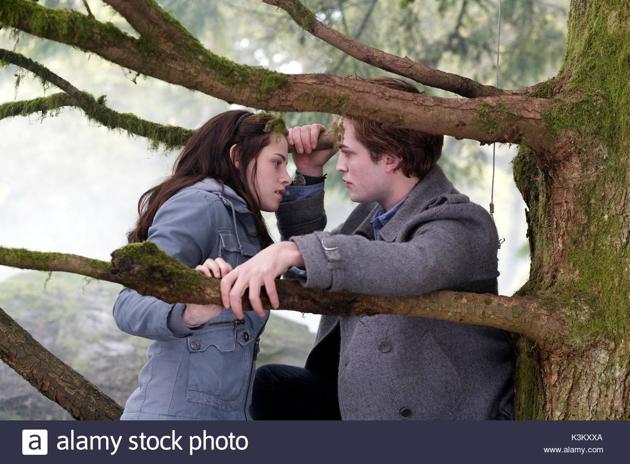Around 130 years after it was conceptualised, Dracula is not outdated: Here’s why
Dracula is set to hit our screens again. But then he never really went away
In 1995, a motley group of culture historians, academics and fans descended on Bucharest in Romania for the first ever ‘World Dracula Congress’. The Congress was organised by the Transylvanian Society of Dracula, a historical-cultural organisation founded in 1991, to analyse, study and dispel myths about the popular Irish work of gothic-horror, Bram Stoker’s novel Dracula (1887). More than a century after the character was first brought to life in the form of Stoker’s novel, Dracula, continues to evolve and exhibit the kind of literary, socio-cultural relevance that few characters in history can boast of. The fourth World Dracula Congress, was held only as recently 2016 at Trinity College, Dublin. The conference attracted academics and papers from around the world. As a new series co-produced by the BBC and Netflix prepares to reinterpret the popular character, it is important to analyse what has changed, and what continues to sustain Dracula’s position as one of the most iconic figures in cinema.

When it was first published in May of 1887, Stoker’s Dracula was neither an immediate success nor unanimously lauded by critics. Even the book’s first acknowledged adaptation, F W Murnau’s Nosferatu (1922) fell into a legal dispute with Stoker’s estate, who eventually won the case resulting in the film being discredited as an ‘official’ adaptation. The controversy aside, the film is generally considered the first outing of the titular vampire, and widely praised for its glorious yet horrifying portrayal of Dracula, known in the book as Count Orlok. Stoker’s Dracula, through diary entries and journals, tells the story of lawyer Jonathan Harker who must approach Dracula’s dilapidated castle to complete a real estate transaction. Though warned on his way, Harker comes to like the elderly Count who turns out to be both suave and well-educated. With time, though, Harker realises that Dracula is a bloodthirsty vampire, preparing to move to England to spread his condition of being undead. Of this plan, Harker’s fiancée Mina becomes an unwitting yet significantly romantic target.
Ted Browning’s Dracula (1931), is widely believed to be the adaptation that birthed the golden age of horror. Dracula was played by Hungarian-American actor Bela Lugosi, who had already donned the role for Broadway and would inevitably be typecast to the play the vampire on most occasions for the rest of his career. Though a number of small to medium films tried to emulate the Browning’s genre defining film, it was only in 1958, with Sir Christopher Lee as Dracula, that the character became massy and accrued a certain global appeal. Lee, donned the role no less than eight times, with each film, the character slowly became more sexual, regal, his violent side more stylised, sophisticated than ever. Sex and romance have remained one of the allures of the Dracula story. Dracula (1979) saw the vampire, cast for the first time as a thorough romantic while in 1992, Francis Ford Coppola saw his Dracula, played by Gary Oldman, as more of a tragic and charmless loner. There been nearly 300 adaptations of the character, and countless others on stage and through insipid imitation0s. The Ramsay brother’s tried their own version of the gothic starlet in a cartoonishly paper-thin avatar in Bandh Darwaza (1990).
In terms of essence, Dracula has always been a complex, at times even a maligned character. It is believed Stoker based his creation on the 15th century Romanian king Vlad 3 ‘The Impaler’ notorious for skinning his enemies to death. Vlad was nicknamed Dracula, that translates to ‘the devil’. For years, historians and academics have debated over this connection. The Transylvania Society of Dracula, for example, has worked towards dispelling this popular myth that may well be unique for a character from literary history. Dracula has thus, not only been contemporised and reimagined, but also claimed, by multiple cultures. The Irish, owing to Stoker’s roots, have over the last couple of decades stepped up to owning the popular creation.

Dracula and Vampires have in general undergone change significant cosmetic and inner change with time. From scarred, gangly, horrifying bodies to regal and romantic loners Dracula has travelled through time, often reflecting the attitudes and indulgences of the current generation. Over the last two decades, courtesy of films like the Twilight series, vampires have become sexy and young. No longer can you think of a vampire and visualise him as the adult, elderly living by himself in a castle. The BBC series, that has been written by the creators, Mark Gatiss and Steven Moffatt behind the popular yet ultimately disappointing reprisal of another literary giant – Sherlock Holmes – look set to bring blood, gore and middle-age masculinity to the latest in the many interpretations. Whatever socio-political considerations the creators decide to tackle with the oldest vampire in history, there seems no end to the horizon with Count Dracula.
Get more updates from Bollywood, Taylor Swift, Hollywood, Music and Web Series along with Latest Entertainment News at Hindustan Times.
Get more updates from Bollywood, Taylor Swift, Hollywood, Music and Web Series along with Latest Entertainment News at Hindustan Times.






